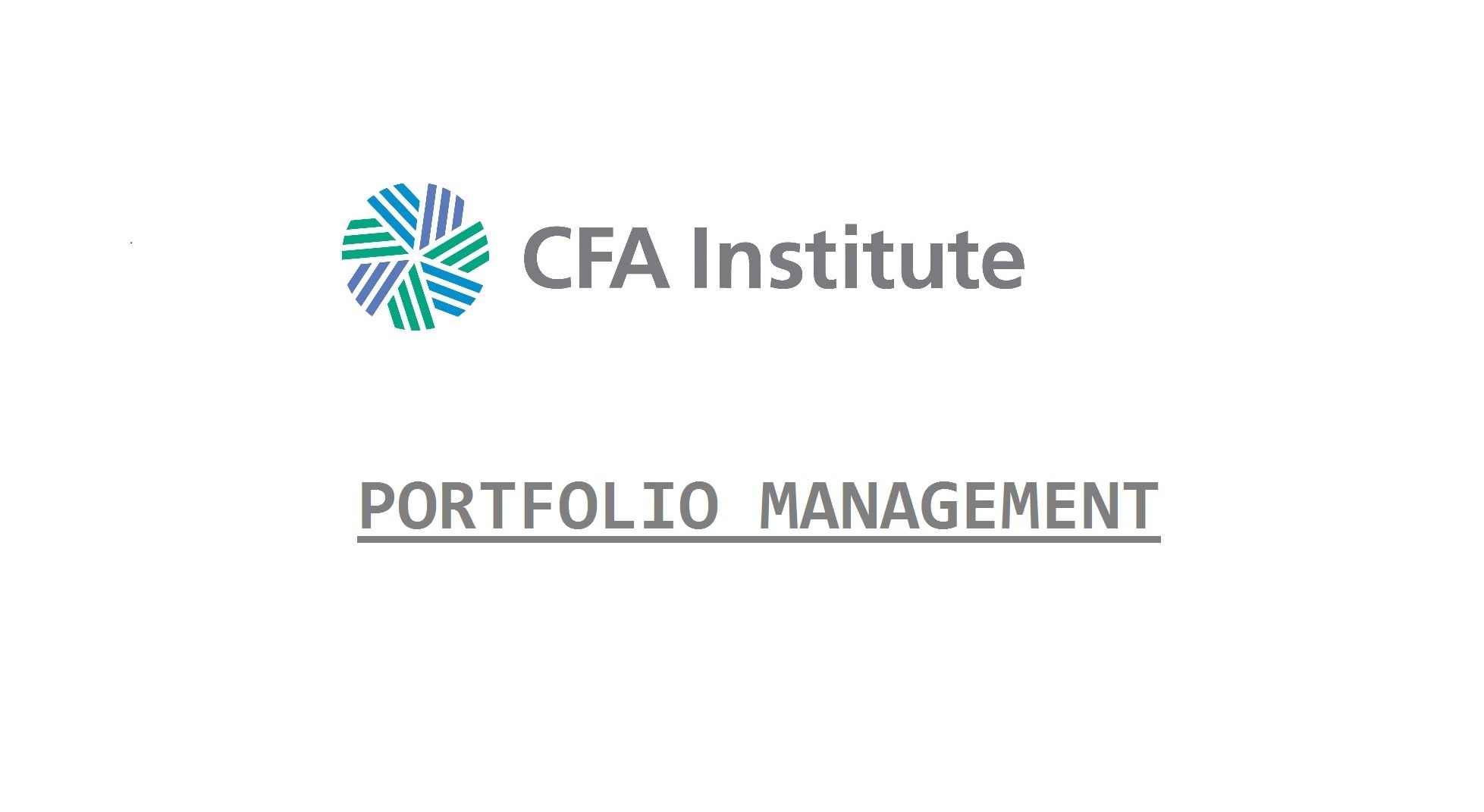Behavioral biases may affect how investors construct portfolios from the securities available to them. One way to consider this issue is to analyze the actual portfolios investors construct and compare them with the portfolios implied by traditional portfolio theory.
Status quo bias as investors do not make changes to their portfolio even when transaction costs are zero. Portfolio theory would clearly suggest that as time passes and the investors are aging, their optimal portfolio mix will shift. These changes are not being made. In addition, the investors generally accept whatever default investor option is offered by the employer and the contribution default rate. Neither is optimal as the asset mix is usually heavily weighted to money market funds and the contribution rate is lower than allowable.
Naïve diversification as investors equally divide their funds among whatever group of funds is offered. According to a study, when offered a stock and bond fund, investors allocated 50/50. Then, if offered a stock and balanced fund, investors still allocated 50/50. Others suggest investors follow conditional naïve diversification. They select a smaller number of funds (e.g., three to five), and then allocate equally. In either case some argue this is motivated by seeking to avoid regret. Owning equal amounts of all, investors did not miss the best performer.
Excessive concentration in employer stock is also evident. This will be discussed in a later study session but it is very risky as retirement fund performance is now linked to compensation at an underlying source, the company. This could be based on familiarity and overconfidence. Employees may think, “I know the company and see it every day; surely it is a good investment.” If past performance has been good and you are familiar with it that would be naïve extrapolation of past results. Framing and status quo effect of matching contributions is exhibited as if the employer’s contribution is made in employer stock. In such cases the employees then increase the amount they chose to place in the employer stock. Loyalty effect is simply a desire to hold employer stock as a sign of loyalty to the company. When financial incentives are offer by the employer to invest in employer stock, the decision may be rational, but the holdings are in excess of what can be justified.
Excessive trading of holdings is evident in the brokerage account holdings of individuals even though individuals show status quo in retirement funds. This could be due to overconfidence as the individuals think they have superior stock selection skills or self-selection as trading-oriented investors put their money in brokerage accounts and others put money in retirement portfolios at their company. Investors also show a disposition effect in selling stocks that appreciate (e.g., winners) but holding on to stocks that depreciate (e.g., losers).
Home bias is seen in under diversification and failing to invest outside the investor’s home country. Home bias can be caused by familiarity with domestic assets. Other behavioral biases that contribute are availability, confirmation, endowment, status quo, and illusion of control biases.
Structures of Mean–Variance and Behavioral Portfolios

